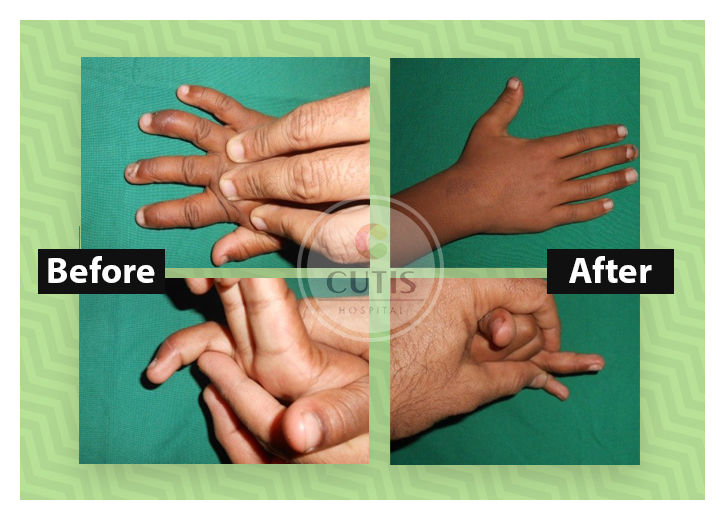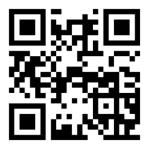
Extensor tendon injury (zone 1) in a 5 year kid repaired after 17 days
Humans have been provided with an excellent functional mechanism by nature to bend and straighten our fingers. The miraculous movements of fingers are possible because of tendons. Tendons are very thin (extensor tendons) or rope-like (flexor tendons) structures which connect our muscles to the bones and joints for efficient transfer of power which results in desired movements. There are two types of tendons; 1) which bends the finger joints are called flexor tendons and 2) which straightens the finger joints are called extensor tendons. These tendons are subdivided into multiple zones for ease of diagnosis and management. Here we are discussing a 5-year kid with extensor tendon injury and its successful outcome.
We will call him Krish. He is a hyperactive child, curious to touch and know about anything which seems new to him. One day he accidentally damaged backside of his fourth (ring) finger of the right hand with a knife and sustained a very deep cut. As the injury happened at the very remote village, his mother had no access to medical facilities and immediately she tied a tight bandage over the injured finger. Fortunately, his deep wound healed within the next couple of weeks. It was only after his wounds healed that his mother noticed that Krish was not able to lift the terminal joint of his injured ring finger. When he was brought to Cutis hospital, he was diagnosed to have zone 1 extensor tendon injury of the right ring finger. Zone 1 injury is the most difficult injury to repair and successfully deliver the result. And this is the fact even after primary repair (repair within 6- 12 hours of injury). While this kid was presented to us on the 22nd day of injury. So, we had all odds against us, namely untreated 22 days old, Zone 1 extensor tendon injury in a 5-year kid who is hyperactive and uncooperative. Still, we decided to give it a try and do whatever best we could do.
His injury scar was opened under anesthesia and magnification and minimal gentle dissection was performed. Injured tendon ends were repaired delicately with a fine suture material and at the end of the operation, a plaster of paris splint was applied to give rest to the operated finger and hand. Postoperatively, it was extremely difficult to make the child wear this splint for 6 weeks which is mandatory after extensor tendon repair. In fact, he broke the splint twice and we had to reapply it both the times. At the end of 6 weeks, we removed his splint and asked him to gently move the finger. And he did it without even the slightest hesitation or fear of breaking the repair. But, he was very lucky and so we are. Within the next 10 days, he developed nearly normal movements and functions of an injured finger.
This is an exceptional result in such circumstances. It was a combination of multiple factors which made this possible. His small age, initial sharp injury, perfect execution of surgery and his good luck, of course.
Here is a video clip of the result of surgery. You can scan this QR code to view his functional recovery.

